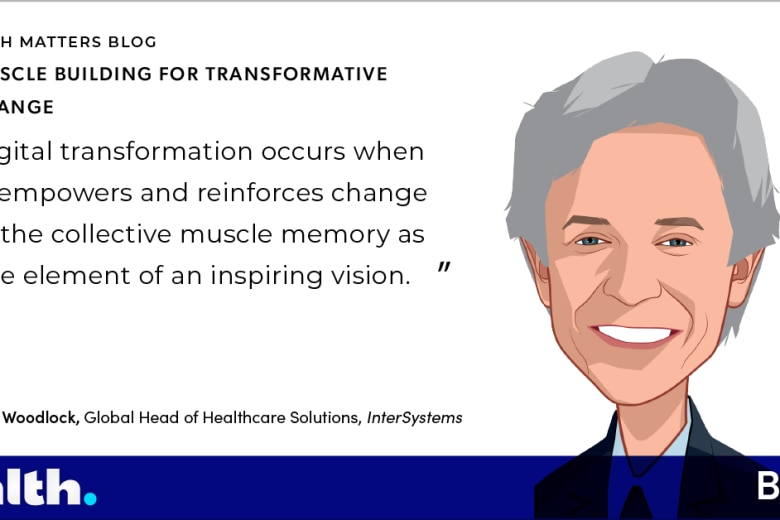In healthcare, it’s been said that the electronic medical record (EMR) should be optimized for reliability, well-defined processes, uptime and performance. This concept could not be more true than it is at Northwell Health. We’re the largest health care provider and private employer in New York State with more than 18,500 affiliated physicians at 23 hospitals and 655 outpatient facilities. To add to the complexity, we operate on four different EMR systems and more than 20 ancillary systems. For us, it’s imperative that we leverage all of the information and patient data within our health information systems and present it in meaningful, actionable ways for our care teams.
As a large organization in recent active growth and acquisition-mode, and where growth is likely to continue, we were faced with a big challenge: how do we unify all the patient data from new network members’ IT solutions into a single longitudinal record?
For Northwell Health’s integrated delivery network (IDN) in particular, the ability to share data between acute and ambulatory care settings is pivotal for supporting care transitions and coordination. The ability of InterSystems HealthShare® to integrate those disparate systems and create the unified patient record we were seeking — one that adheres to strict industry standards and best practices — has been a game changer for us and for our patients. Not only have we accomplished that, but, simply put, HealthShare is the backbone to our entire innovation strategy.
Here are just three of the ways that we leverage InterSystems HealthShare to drive groundbreaking care delivery forward:
- Support for care delivery, 24/7: Northwell recently completed a major inpatient EMR upgrade, which resulted in a period of planned downtime during the system transition. But, with HealthShare, we were able to connect to our health information exchange (HIE) and allow our providers to still access the clinical portal. This provided visibility into historical patient records as well as real-time updates while we were without an EMR. The ability to continue to track our patients’ health statuses during that downtime was crucial.
- Constant and consistent monitoring of patients: Northwell Health uses a care management application called “ Care Tool” to track patients across the care continuum. HealthShare delivers patient identity management updates to our providers in the hospital and ambulatory setting, which has been critical for closing any gaps in care. For example, as soon as a change in status occurs, HealthShare triggers a notification that is seamlessly integrated back into the care manager’s workflow to alert them. The ability to track key patient assessments and health characteristics as they happen ensures that we consistently make the best decisions for every patient in our care.
- Active risk stratification: HealthShare Patient Index has been essential for helping us classify our patients according to risk factors. The tool’s ability to match a patient to a risk cohort has enabled us to do incredibly innovative things that would not have been possible with an EMR alone. For example, we previously may have looked at the risk contract / care record matching and not immediately seen a connection. Now, through HealthShare, we’re able to look at that matching through a different lens. We can determine that a patient in our emergency department may in fact be the patient that one of our care managers has been trying to get in touch with for the past two months. HealthShare allows us to change the way we look at data, ensuring patients don’t fall through the cracks while helping us mitigate financial risk by simply being able to more effectively track our patient population.
As Northwell continues to grow, we know that our reliance on HealthShare will only become more critical. As we bring new organizations into our health information system environment, we can rest assured that the unique patient data residing in those solutions will seamlessly become a part of the unified patient record and will be used in exciting, innovative ways that will move our industry forward, inform our care team and provide our patients with a better care experience.
Read the Northwell Health Success Story.
Read more guest blogs on PULSE.
About the Author:

James Heiman is the Program Director HIE & Enterprise Data Architect at Northwell Health, which is New York State’s largest health care provider and private employer. He oversees the product management group working on building and leveraging a strategic informatics platform to assist in integrated care delivery.




































